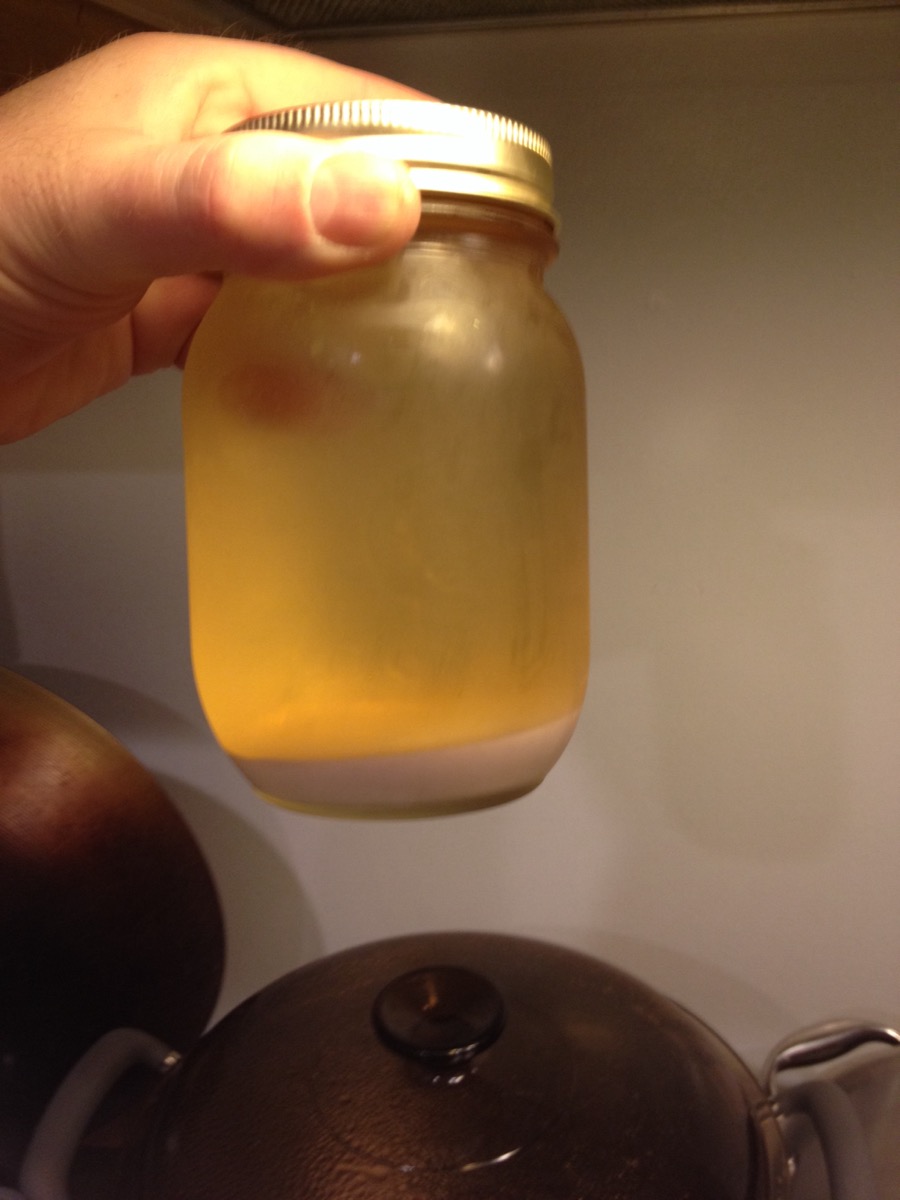stever1000
Well-Known Member
- Joined
- Oct 15, 2014
- Messages
- 822
- Reaction score
- 49
I saved my yeast cake (without washing) from my previous batch. I let it separate in the fridge, and there are 3 layers (beer, yeast, trub). But my yeast layer is really thin (in the middle)

Where is the rest of my yeast? This is a quart jar and I am worried this won't be enough in one jar to pitch into another batch of wort.
Is there some hidden in the trub? I am confused because I thought I would have more since I didn't wash it
Thanks in advance!

Where is the rest of my yeast? This is a quart jar and I am worried this won't be enough in one jar to pitch into another batch of wort.
Is there some hidden in the trub? I am confused because I thought I would have more since I didn't wash it
Thanks in advance!

























































![Craft A Brew - Safale S-04 Dry Yeast - Fermentis - English Ale Dry Yeast - For English and American Ales and Hard Apple Ciders - Ingredients for Home Brewing - Beer Making Supplies - [1 Pack]](https://m.media-amazon.com/images/I/41fVGNh6JfL._SL500_.jpg)




